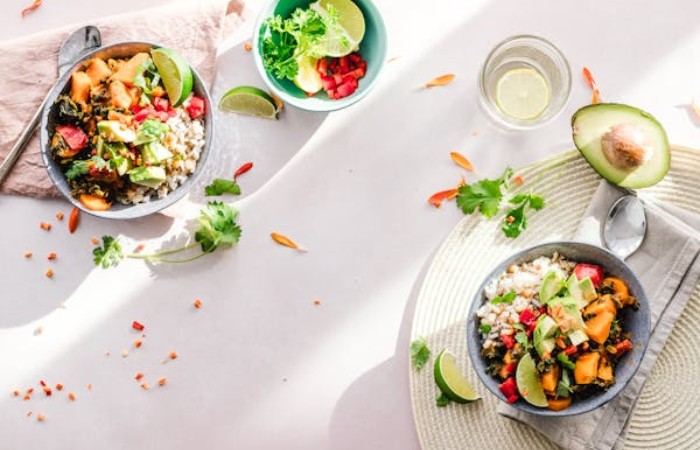Low-carb foods have many benefits, from increased energy levels to better weight control, and have become a cornerstone of many healthy eating plans. Here are some practical ways to incorporate low-carb foods into your diet.
What is “Low Carb”?

“Carb” is short for carbohydrate, one of the essential nutrients (along with fat and protein) you must consume to fuel your body. Carbohydrates are the body’s primary basis of energy. They are found in bread, pasta, rice, fruit, and sugary snacks.
A low-carb diet is an eating plan that significantly reduces your carbohydrate intake. Low-carb diets limit your carbohydrate intake to about 26% of your daily calories. This equates to less than 130 grams of carbohydrates per day, compared to the typical daily consumption of 225 to 325 grams of carbohydrates on a standard diet.
A low-carb diet replaces carbohydrates with protein, healthy fats, and non-starchy vegetables.
Pros and Cons of Low-Carb Diets
Like many eating plans, low-carb diets have their benefits and challenges. Sympathetic, the pros and cons can help you decide if a low-carb approach is right for your health and lifestyle.
While low-carb diets can be safe for many people, it’s essential to talk to your doctor before starting one, especially if you have underlying health conditions.
Benefits of Low-Carb Diets
Low-carb diets have been linked to several health benefits. One of the most notable is better blood sugar control. By reducing carbohydrate intake, low-carb diets can help steady blood sugar levels and decrease insulin resistance in people with diabetes and prediabetes.
These diets can also help your heart by lowering triglycerides and increasing HDL (“good”) cholesterol. Its effect on LDL cholesterol is still unclear.
Low-carb meal plans can also promote weight loss. Some people report feeling fuller and less likely to overeat when they cut back on carbohydrates and focus on protein and healthy fats.
Cons of a Low-Carb Diet
One of the risks of eating a low-carb diet is not getting enough fibre. Many carbohydrate-rich foods, such as whole grains, legumes, and some fruits, are also high in fibre. Eating less of these foods reduces fibre intake and can lead to digestive problems like stultification. You can evade this by eating plenty of high-fibre vegetables.
Upholding a low-carb diet in the long term can also be a challenge Low-carb foods.
Healthy Low-Carb Meal Ideas Low-carb foods

These healthy, low-carb meals will help you reduce your daily carb intake Low-carb foods.
Breakfast Low-carb foods
1/2 cup bowled oats, 1 cup low-fat milk, 1/4 cup chopped walnuts. Total carbs: 45g.
1 slice toasted whole-wheat bread, sliced avocado, poached egg. Total carbs: 26g.
Lunch
2 slices whole-wheat bread, 4 ounces low-sodium turkey, 1 slice low-fat Swiss cheese, 1/2 large tomato, 1 tablespoon yellow mustard, 1/4 cup shredded lettuce Low-carb foods. Total carbs: 30g.
Mediterranean-inspired tuna salad with olives and bell peppers Low-carb foods. Serve with 1/4 cup store-bought hummus and fresh vegetable sticks. Total Carbs: 20g
Dinner Low-carb foods
6 oz baked chicken breast, 1 cup brown rice, 1 cup steamed broccoli. Total Carbs: 57g
Beef fajitas on an 18-inch whole grain tortilla with fried onions and bell peppers. Total Carbs: 31g


